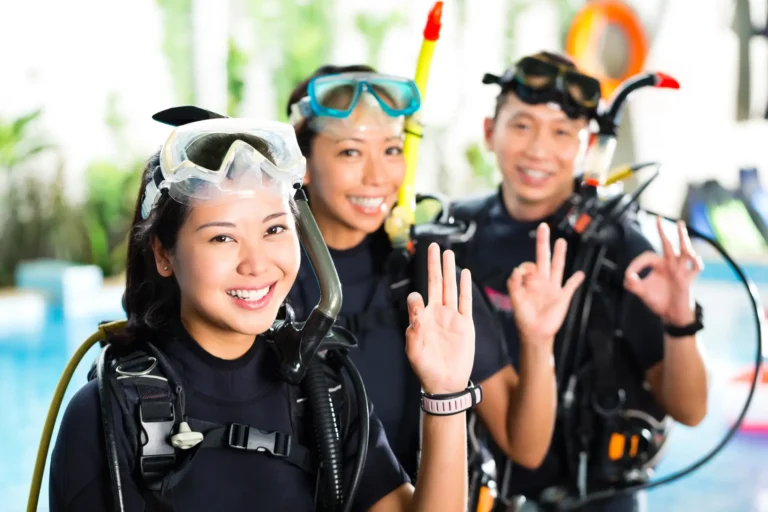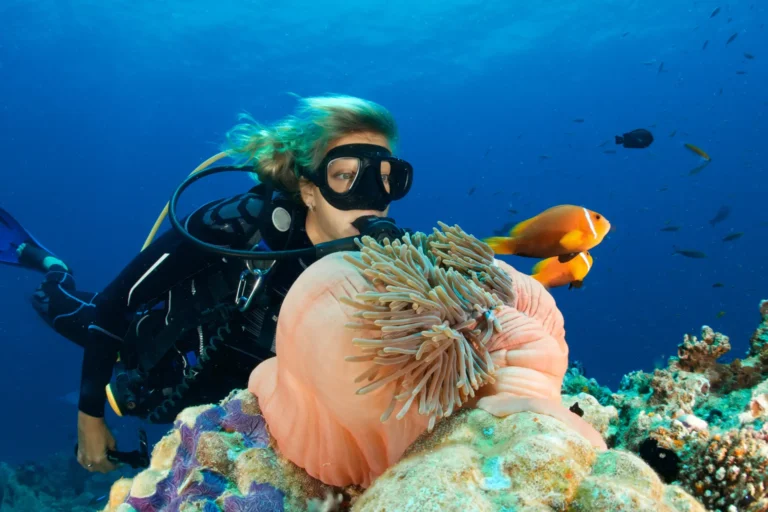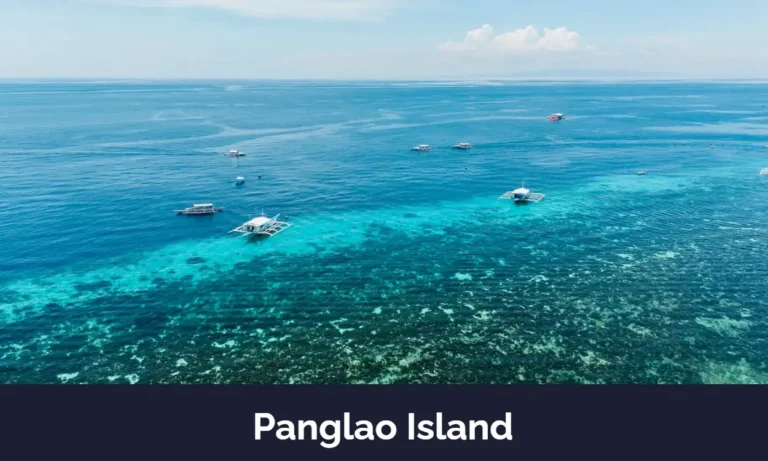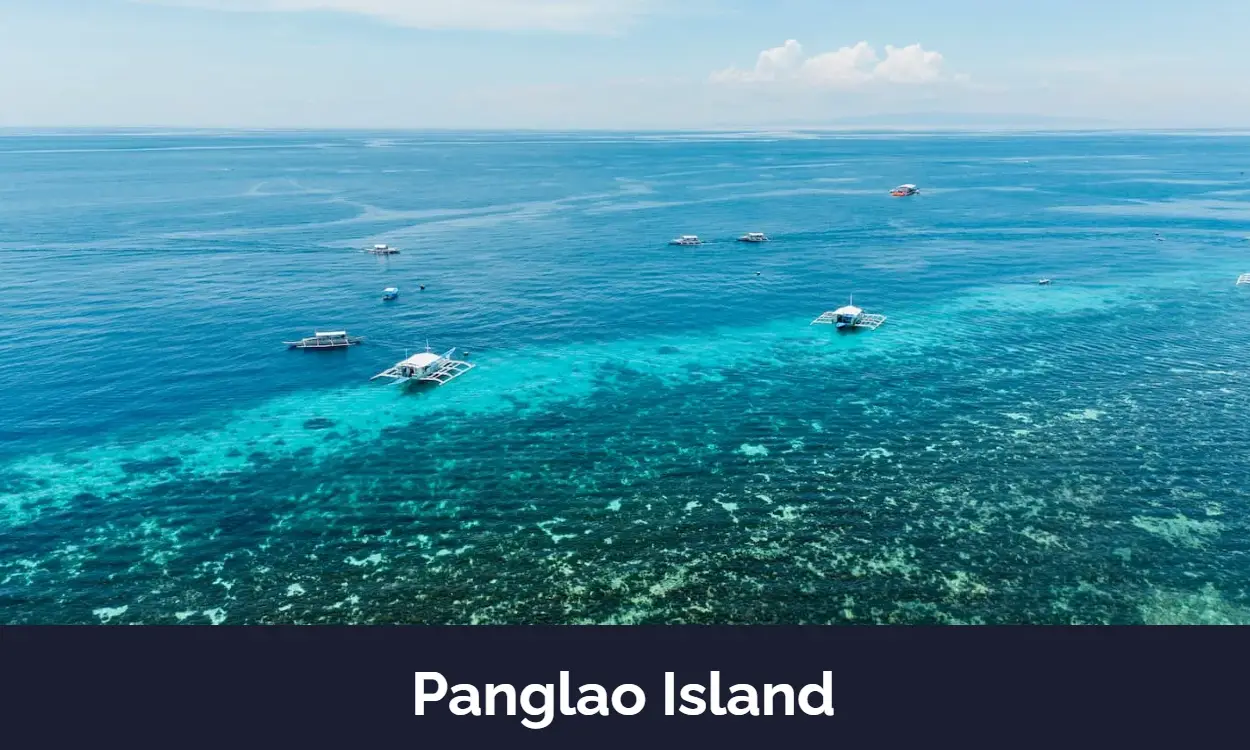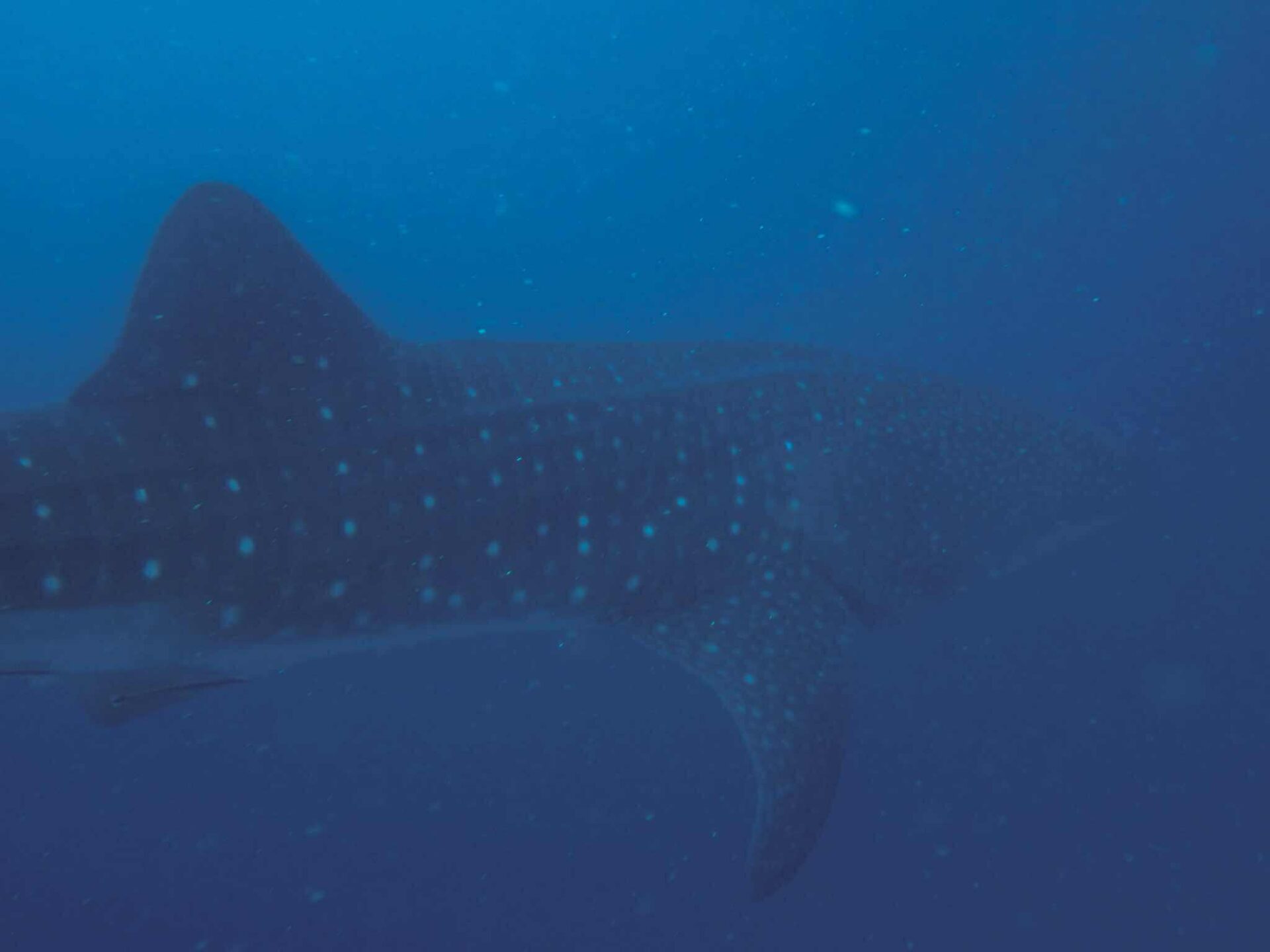Dive Briefings Decoded: What Your Instructor Says—and What It Really Means
At Sierra Madre Divers, we believe that a great dive starts long before you hit the water. It begins on the boat, with that all-important ritual: the dive briefing. For new divers, the stream of information can feel like a lot to take in. For experienced divers, it can be tempting to tune out what you’ve heard a hundred times before.
But here’s a secret from the pros: the dive briefing is one of the most critical parts of your dive. It’s a roadmap for adventure, a safety net, and a treasure map all rolled into one. Your PADI instructor isn’t just talking to hear the sound of their own voice; every word is chosen to make your dive safer, more enjoyable, and more rewarding.
So, let’s decode the dive briefing. What are we really saying when we’re talking about dive sites, hand signals, and safety procedures?
The Site & Conditions
What your instructor says: “Okay everyone, welcome to Balicasag Island! Today we’re diving Rico’s Wall. We have a slight current running from north to south, and visibility is looking great at around 20 meters. We’ll be doing a back-roll entry and the boat will pick us up on the other side for a drift dive.”
What it really means: This isn’t just small talk; it’s your first glimpse into the underwater world you’re about to enter. We’re painting a mental picture for you.
- “Rico’s Wall”: The name of the site tells you the topography. A “wall” dive is different from a “slope” or a “garden.” You can start visualizing how you’ll navigate and what kind of life you might see clinging to the vertical surface.
- “Slight current from north to south”: This is crucial. It tells you that this will likely be a relaxing drift dive where you let the water do the work. It also informs your positioning. You won’t have to fight the current; you’ll become part of its gentle flow. Understanding the current’s direction is key to not getting separated from the group.
- “Visibility is 20 meters”: This sets your expectations. Great visibility means you can relax and enjoy the panoramic views of the reef. It also affects how we manage the group and how far you can be from your buddy.
- “Back-roll entry & boat pickup”: This is logistics and safety. Knowing the entry method ensures a smooth, coordinated start to the dive. Knowing it’s a drift dive with a boat pickup means you don’t have to worry about navigating back to the entry point. Your only job is to drift, explore, and enjoy the ride.
The Plan
What your instructor says: “We’ll be doing a multi-level dive. Our maximum depth will be 25 meters, for a bottom time of no more than 50 minutes. We’ll spend the first part of the dive at depth and gradually make our way shallower along the wall. I want everyone to have a turn pressure of 70 bar, and be back on the boat with at least 50 bar.”
What it really means: This is the core of our shared underwater contract. It’s not about restricting your fun; it’s about maximizing it within safe limits.
- “Maximum depth 25 meters, bottom time 50 minutes”: This is your no-decompression limit (NDL). We use our dive computers to ensure we stay well within this boundary, preventing the buildup of excess nitrogen and eliminating the need for mandatory decompression stops. This plan keeps you safe and feeling great post-dive.
- “Gradually make our way shallower”: This is smart and efficient dive planning. It allows for a longer, more interesting dive. You get to see the different ecosystems that thrive at various depths, all while naturally managing your nitrogen levels.
- “Turn pressure of 70 bar”: This is arguably the most important number in the briefing. This is not the “low on air” signal. This is the “time to start heading back” signal. It’s calculated to ensure that everyone in the group has more than enough air to complete the dive, perform a leisurely safety stop, and surface with a comfortable reserve. Hitting your turn pressure is a normal, planned part of the dive.
- “Back on the boat with 50 bar”: This is your safety buffer. That 50 bar (or 700 PSI) is your “just in case” air. It’s for unexpected delays, helping a buddy, or simply having peace of mind. A good diver always surfaces with air to spare.
The Safety Stuff
What your instructor says: “Okay, let’s review our hand signals. Thumbs up means ‘End the Dive/Go Up.’ Thumbs down is ‘Go Down.’ Waving your hand in front of your face is ‘Problem.’ For the lost buddy procedure, you’ll look around for one minute, and if you don’t find them, you’ll ascend slowly and safely to the surface.”
What it really means: This is the part people are tempted to ignore, but it’s the section that ensures we can handle any situation with calm, confident precision.
- “Let’s review hand signals”: Even if you have 1,000 dives, a quick review ensures everyone is on the same page. Is a flat hand “stop” or “level off”? Reviewing it removes all ambiguity. Clear communication is safe communication. The most important signal to remember is “End the Dive.” It’s not a suggestion; it’s a command that must be obeyed by the whole group immediately, no questions asked.
- “Look around for one minute, then ascend”: The lost buddy procedure is a pre-agreed-upon plan that turns a potentially stressful moment into a simple, logical sequence of actions. It prevents two divers from searching for each other aimlessly. One minute is enough time to do a full 360-degree turn and look up and down. By having a clear plan, we avoid confusion and ensure a lost buddy situation is resolved quickly and safely at the surface.
- “Safety stop at 5 meters for 3 minutes”: This isn’t optional—it’s a critical best practice. That three-minute pause allows for a slow, final release of absorbed nitrogen from your body, adding a huge margin of safety against decompression sickness. Think of it as the perfect time to reflect on your dive, watch the smaller reef fish, and savor the last few moments of weightlessness.
The dive briefing is a conversation. It’s a promise from us to you that we have a solid, safe plan, and it’s your opportunity to ask questions and get comfortable. When you listen to a Sierra Madre Divers briefing, you’re not just hearing rules; you’re hearing years of experience, local knowledge, and a genuine passion for sharing the underwater world of Bohol with you.
So next time you’re on the boat, lean in, listen closely, and get ready for an amazing dive. The adventure starts here. Contact us now to start planning your next dive trip to Bohol.

